#hammondsport
Text



Wednesday, April 17, 2024 - Vacation Day 3
Today, I moved some gravel in the garden before the rain came, had lunch with a friend at Bully Hill Vineyards, and got my eyes examined.
2 notes
·
View notes
Text







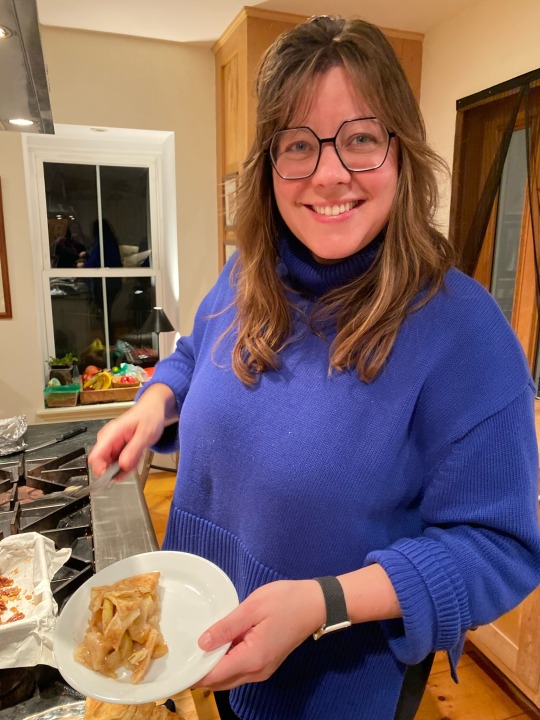
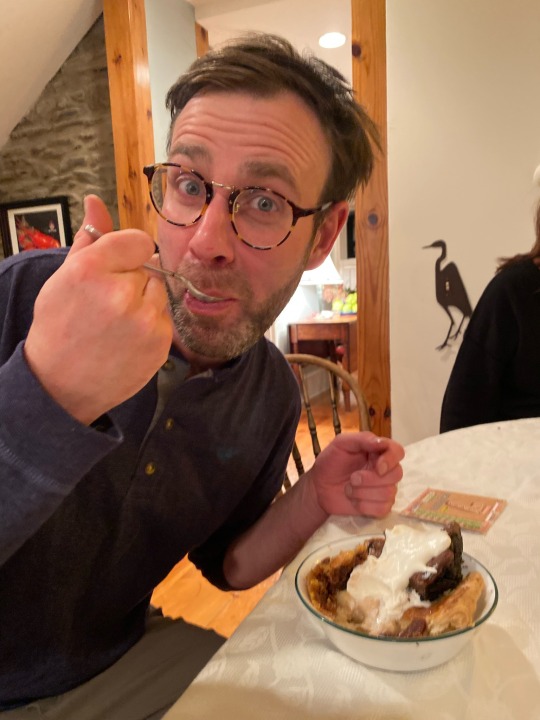

#11.11.23#familythanksgiving#therock#Hammondsport#Charliethegreyhound#cousinseth#cousinshira#craneca
3 notes
·
View notes
Text

Finger Lakes vacation- July, 2023
the end!
2 notes
·
View notes
Text






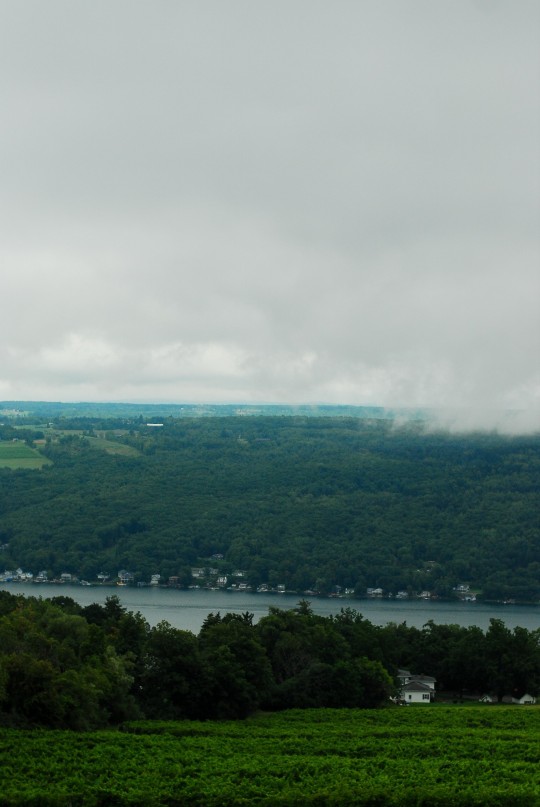


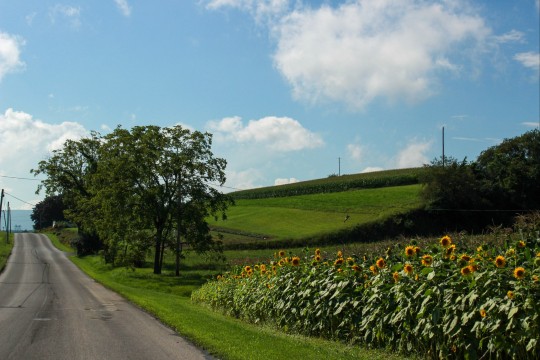
#upstate#new york#hammondsport#keuka lake#finger lakes#nature#wild#east coast#summer vibes#vacation#home away from home#sunrise#sunrise on the lake#upstate ny#scenic views
0 notes
Text
The Park Inn (third visit), Hammondsport, NY, 9/24/22
The Park Inn (third visit), Hammondsport, NY, 9/24/22
exterior – 37 Shether St., Hammondsport, NY, 14840
The last of the 3 nights we were there may have been the best meal yet. The menu had slightly changed from the previous 2 nights. We were excited to have our server Ethan from the first night again. He made the meal so relaxed and enjoyable. It really is a fun place with good food and the surrounding area has lots to explore. I hope you’ll…

View On WordPress
#bar#dining#eating#Finger Lakes#Frankie#Hammondsport#image#meal#menu#Park Inn#photo#picture#restaurant#review#seafood
0 notes
Text
The early history of the Yates County grape industry
By Jonathan Monfiletto
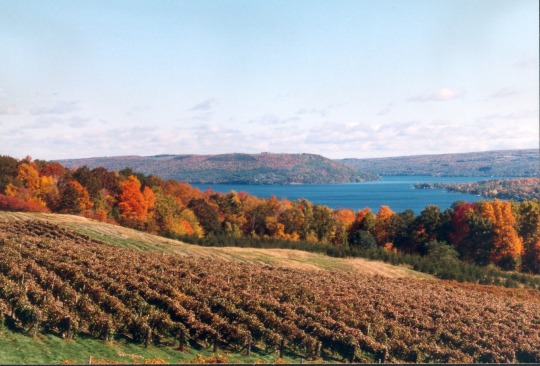
Of New York State’s 62 counties, Yates County holds the distinction of being the only one whose borders touch three of the 11 Finger Lakes – Canandaigua Lake makes up the western boundary of Yates County, while Seneca Lake makes up the eastern boundary, and Keuka Lake sits right in the middle of the county and forms part of its southern boundary. That means Yates County also hosts portions of three Finger Lakes region wine trails along the three respective lakes.
Grape growing and wine producing might seem like modern-day phenomena to the untrained eye – especially since it seems new vineyards and wineries start up in the region every year. In fact, the tradition of raising grapes and turning them into wine stretches back nearly two centuries in the Finger Lakes region as a whole and almost as long in Yates County. A 1927 article in The Chronicle-Express credits the Rev. William Bostwick, of Hammondsport, with growing the first grapes in what writer Everett Wright called the Keuka Lake District. A 1974 newspaper article dates Bostwick’s achievement as 1829 but also notes the Episcopalian minister came to the Keuka Lake shore from Connecticut with some grape root stocks that he planted in a garden behind his rectory.
“It is said that the early settlers in this county found vines growing luxuriantly in the thickets, where soil and moisture were congenial,” states a newspaper article titled “Lake Keuka Grape History.” With the perfect combination and settings of soil, moisture, and air, from Bostwick’s achievement at St. James Episcopal Church in Hammondsport arose an industry around the cultivation and harvesting of grapes.
According to Lewis Cass Aldrich in his 1892 History of Yates County, New York, J.W. Prentiss grew the first crop of grapes for wine in the Finger Lakes region, in the town of Pulteney in Steuben County – four miles south of the Yates County line – in 1836. The first vineyard planted in Yates County happened in November 1855 by W.W. Shirland on a property in Benton where the towns of Benton, Torrey, and Milo meet.
Shirland planted Isabella grapes in his first crop, but he switched to the Concord variety in 1866. “The vineyard is one of the best and most productive of the many in the county,” Aldrich wrote nearly 40 years after Shirland’s first crop. However, Aldrich calls John Mead “one of the pioneers of the business,” planting his first vineyard in 1861 also in Benton near the Torrey line. Mead’s vineyard measured three acres; Isabellas made up half an acre and Concords made up “a large proportion of the balance,” while some Catawbas were also planted. Eventually, Concords replaced the Isabellas and the Catawbas were abandoned – “The Concords are still in full vigor,” Aldrich wrote. Henry Rose, planting three acres of one of the earliest crop of Delaware grapes in 1861, was another pioneer grape grower in Benton, though his vineyard was located within the Penn Yan corporate limits. “This vineyard is still in good bearing, the original vines bearing good crops annually,” Aldrich wrote.
Aldrich describes several other early vineyards – among them Franklin Culver in Kinney’s Corners (now the hamlet of Bluff Point) in 1861 and Anson Dunlap on the Seneca Lake shore at Starkey Station in 1862; William F. VanTuyl with the first grapes on Bluff Point in 1862; and Joseph F. Crosby in Barrington in 1864, surprising his neighbors by planting a whopping six acres of grapes (though Frances Dumas’ A Good Country, A Pleasant Habitation states Shirland’s vineyard also amounted to six acres). “But few grapes were planted previous to 1865 and only in small vineyards,” Aldrich wrote. “The results warranted larger, until the valley is literally filled with good productive vineyards covering hundreds of acres. Between the years 1865 and 1870 planting was done at a rapid rate; land that had previously been counted of little value, in close proximity to the shores of the lakes, some of it steep and covered with a dense growth of young timber, being counted the best for grapes.”
Riding this post-Civil War wave was the Seneca Lake Grape and Wine Company, which bought property that included a vineyard James Valentine planted in 1862 and by 1867 extended the planting to 125 acres – “probably the largest vineyard in the State of New York,” at the time, according to Aldrich. According to Dumas, the company also formed the first winery in Yates County when in 1870 it built a large stone building to manufacture wines. “The business had already been started in another building now used for a barn,” Aldrich wrote. Several other large-scale vineyards followed suit – H.P. Sturtevant & Co. starting in 1865 at the end of Bluff Point, Pratt & Jillett beginning in 1864, and the McDowell vineyard and “many others … within a year or two succeeding,” Aldrich wrote. This included Eli R. Stever planting 25 acres of the first Iona vineyard on Bluff Point in 1867; Aldrich also notes the Gulick Brown vineyards and that of J. Warren Brown.
By 1872, more than 400 acres of grapes were planted in Jerusalem alone and 140 acres in the aptly-named Vine Valley area of Middlesex, “while J.T. Henderson, C.N. Wixom, the Seneca Lake Wine and Grape Company, together with many others, kept pace on the Seneca Lake,” according to Aldrich. However, at the same time, a surplus of grapes caused the price of the fruit to drop, and Aldrich wrote, “It looked as though enough grapes had been planted to supply all demands for a long time to come.” Many people who thought about growing grapes reconsidered; vineyard lands decreased in value. Within a few years, though, the demand for grapes – and thus the price of them – began going up again, and Yates County certainly established itself as a leader among the Finger Lakes region’s grape-growing counties. By 1892, as Aldrich noted, the county hosted 7,000 acres of vineyards with an average yearly yield of 10,000 tons.
When George C. Snow planted the first Niagara grapes in 1881 on the Esperanza Vineyards on the west branch of Keuka Lake, he shipped the fruit in what Aldrich described as “a box made of wood, holding ten pounds placed in crates holding six boxes.” Later, this became a configuration of five-pound boxes with eight boxes in a crate and then three-pound boxes with 12 in a crate. Hopkins Brothers – with their factory in Penn Yan – began the first grape box operation in Yates County, selling five-pound boxes in crates and three-pound boxes in crates. James W. Stever, in Branchport, and George W. Fenton, in Barrington, soon began manufacturing baskets that quickly replaced boxes for grapes. At first, 10-pound boxes were used to ship grapes until five-pound pony baskets became the standard. In Aldrich’s time, eight basket factories operated in Yates County with an annual output of 3 million baskets.
The growth of the grape industry in Yates County contributed toward the growth of the shipping industry. Aldrich points to three main rail companies that transported Yates County grapes: the Northern Central Railroad, which hosted its own fruit shipping business, from Canandaigua to beyond; the Barnes Fruit Line that carried grapes from Hammondsport along the Erie Railroad, and the Hollowell & Wise Fast Fruit Line that traveled over the Fall Brook Railroad. Yates County grapes were generally transported by steamboat over the lakes to the various railroad hubs.
From there, the grape and wine industry in Yates County and the Finger Lakes region continued to thrive. By the end of the 19th century, according to a 2011 article in the Finger Lakes Times, the whole region boasted more than 20,000 acres of vineyards and more than 50 wineries.
#historyblog#history#museum#archives#yatescounty#american history#us history#local history#newyork#grape#grapes#wine#agriculture#industry#business#vineyard#winery
2 notes
·
View notes
Text

I’m definitely a winter person
.
Also, I’ve got a handful of book events coming up! Come say hi! Most events are free or pay-what-you-can
.
- 01/30 - Cuba, NY @cubacirculatinglibrary
- 01/31 - Hammondsport, NY @hammondsportlibrary
- 02/01 - Batavia, NY @batavialibrary
- 02/02 - Fillmore, NY @ house show, DM us for address
- 02/03 - Binghamton, NY @thebundymuseum
- 02/10 - New London, CT @oasispub
- 02/16 - New London, CT @telegraphnl
.
#winterperson #ilovesnow #ilovewinter
3 notes
·
View notes
Text
Postcards from Snagglepuss
Napa Valley, eat your heart out!
SOMEWHERE IN THE FINGER LAKES WINE COUNTRY OF UPSTATE NEW YORK: So here we are, our motley little company of vagabonds in our new motorhome-centrist model of reportage, in a modest little winery in a rather interesting sort of place to associate with wine: Upstate New York, the Finger Lakes country even ... and to know that such has had Bacchanalian associations since just before the Civil War, one winery in Hammondsport having been registered as early as 1861, and even winning accolades as early as the 1890's for producing sparkling wines rivalling those of France's Champagne district!
At any rate, our company, as led by yours truly and Huckleberry Hound, find ourselves in the tasting rooms of a decent little winery beside the shores of Seneca Lake, such being part of a group of narrow, yet substantial, lakes of glacial origin in central New York, roughly encompassing the region between Syracuse and Rochester ... a winery as is pretty much starting to come noticed, in particular for some non-alcoholic wines such as we could get used to on occasion. After all, spare us your Night Train, your Thunderbird, your Wild Irish Rose even; we're Funtastics, and we're practically above such "fortified" nonsense as would make Bacchus cry!
At any rate, our crew is being guided through some chartucerie chosen to complement some non-alcoholic white wines such as best go with a table of Italian salames and proscuitto, German summer sausage, English water crackers and Norwegian Jarlsberg cheese ... and for sheer playfulness, Wally Gator couldn't resist the sheer experience of a winery tasting room for the first time!
"Though I have to admit, don't you know," Wally remarked, "my own tastes have tended to Old-School Floridian--Cuban sandwiches, Keys conch stew, battered shrimp and hush puppies, key lime pie, Caribbean rum cake and some hearty espresso in the Cuban manner!"
"I take it," Huck remarked, "the sort as is lovingly deep roasted and brewed on one of those stovetop espresso pots."
"Who'd have guessed?" was how Wally remarked.
As for Yogi and Boo-Boo, those ursine buddies were a little surprised by "such a fancy cheese-and-crackers setup," as Yogi parsed it, adding, "I have to acknowledge that back in Jellystone, we managed to sneak off some cheese, sausage and crackers from tourist types on occasion--"
To which Boo-Boo added, "With the inevitable objections from tourists and the rangers, no doubt."
"Such is life," said I as the sensation of such an unlikely sort of non-alcoholic white wine passed through my palate.
"At least it's a step ahead of bananas almost constantly" was how Magilla Gorilla parsed things while unto another pairing of some hunter's sausage and cheese onto a savoury cracker, adding "But who could resist such an unlikely wine as this?" (Which had a waiter serving our tasting room table explain that the wine was non-alcoholic.)
"Quite delectable," Huckleberry Hound remarked in his laid-back Southern manner, "to say the least." Especially considering that the width of Seneca Lake is barely a mile or so between shores.
(Oh, and did I mention the "I [Love] NY" buttons handed out in the end?)
@warnerbrosentertainment @joey-gatorman @theweekenddigest @iheartgod175 @archive-archives @thylordshipofbutts @screamingtoosoftly @princessgalaxy505 @themineralyoucrave @thebigdingle @warnerbros-blog1 @restroom @jellystone-enjoyer @haiyis-dark-void @warnerbrosent-blog
#hanna barbera#fanfic#fanfiction#postcards from snagglepuss#motorhome life#on road trip#road trip experiences#finger lakes wine country#wine tasting#non alcoholic wine#chartucerie#wine tasting experience#yogi bear and boo boo#wally gator#magilla gorilla#huckleberry hound and snagglepuss#hannabarberaforever
4 notes
·
View notes
Video
Cuban Refugee por John Kittredge
Por Flickr:
1920 built 2-6-0 11 trundles along the Everett Railroad through the farmland outside of Martinsburg, PA. The 11 was built for the Government of Cuba, but never delivered. It sat at ALCo for some years before being sold to the tiny Narraganset Pier Railroad in Rhode Island. It was sold again to the Bath and Hammondsport Railroad in upstate New York where it served until being sold a final time into private ownership. After a number of other owners it eventually made its way to the Everett Railroad in 2006 and was returned to operation in 2015.
11 notes
·
View notes
Photo
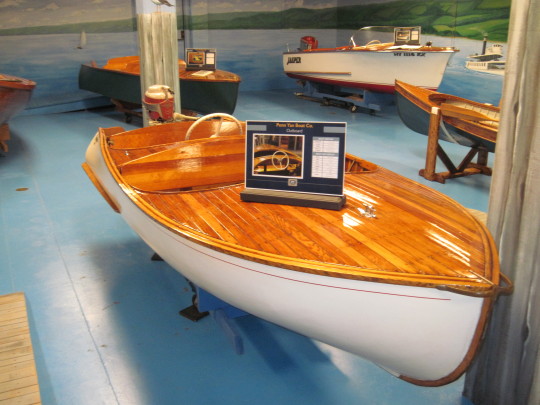
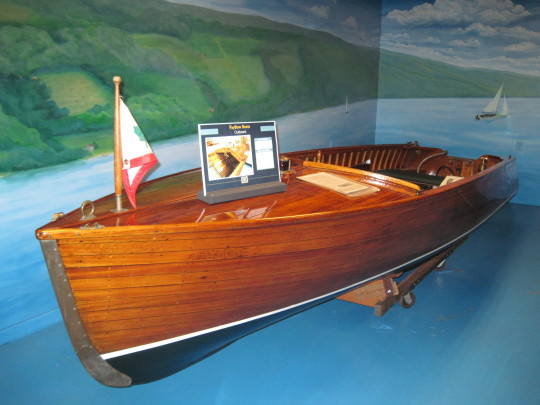

FINGER LAKES BOATING MUSEUM
HAMMONDSPORT, New York
March 2022
2 notes
·
View notes
Text
Gemstone Ball Pythons



Adorable ball pythons inspired by larimar, rose quartz, and amethyst 💎
These little guys are available as glossy stickers on my Etsy!
#illustration#design#art#digital art#digital drawing#digital illustration#procreate#snakes#snek#ball python#python#crystals#rose quartz#amethyst#larimar#stickers#sticker shop#snake sticker
4 notes
·
View notes
Text

Thursday, November 16, 2023 - Beaujolais Day
Yay for the release of this year’s Beaujolais Nouveau! I shall be seeking out a bottle or three after work.
Also as part of my celebration, I’m sharing the photo above showing the hillside vineyards in Hammondsport in the 1860s. It seems that everyone grew grapes here - even Glenn’s grandfather Reverend Claudius Curtiss.
Happy Beaujolais Day!
3 notes
·
View notes
Text









2 notes
·
View notes
Text
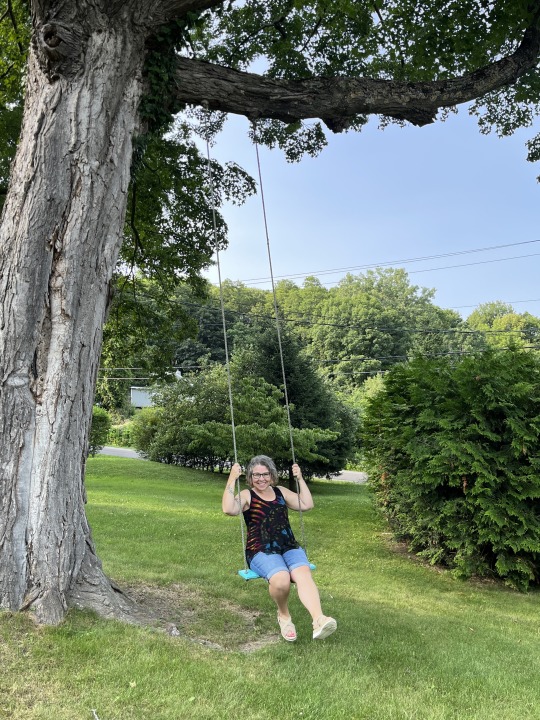
Finger Lakes vacation- July, 2023
at Moon Shadow.
2 notes
·
View notes
Text
Crooked Lake Ice Cream Company, Hammondsport, NY, 9/23 &24/22
Crooked Lake Ice Cream Company, Hammondsport, NY, 9/23 &24/22
exterior – 35 Shether St., Hammondsport, NY, 14840
Crooked Lake Ice Cream Company is a restaurant that pays tribute to Glenn Curtiss, a bicycle racer and aircraft developer. A number of their dishes are named for him, striving to evoke the same creativity as his inventions, and the walls are filled with mementos of his fame and success. The restaurant has been in Hammondsport over 30 years and…

View On WordPress
#breakfast#Crooked Lake Ice Cream#dining#eating#Finger Lakes#Frankie#Hammondsport#ice cream#image#lunch#meal#menu#photo#picture#restaurant#review
0 notes
Text
The Music Man of Main Street
By Jonathan Monfiletto

There is an old saying that goes, “Choose a job you love, and you will never have to work a day in your life.” This saying is so old, it seems, that it is attributed to people, according to my Google search, ranging from Confucius to Mark Twain (and probably Abraham Lincoln). Whoever said it originally and whoever has spread it since then, it seems Warner Bush lived it. Warner Bush chose a job he loved so much, in fact, that he not only never had to work a day in his life but also apparently never retired.
As many people still around Penn Yan and Yates County today remember, Mr. Bush owned Bush’s Music and Radio House on Main Street in the village – a business established in 1905 by his father, Fred, who was a grandson of Dr. Wynans Bush, the notable doctor and abolitionist of Yates County. Mr. Bush apparently worked in the family store from the time it opened when he was 9 years old until he died at age 92 in 1988, except for the time he served in the Army during World War I.
I enjoy choosing old photographs to post on our Facebook page; sometimes I know something about the photo because of the description either on the back or in our database, and sometimes I just choose the photo because it looks interesting. The latter was the case when I found a photo labeled “Warner Bush” on the back and depicting a man, Mr. Bush as I know now, showing off the latest and greatest in 1980 technology – a General Electric television with knobs on the front (though Mr. Bush is holding a thick remote control) and a sign above it reading, “Quartz Precision Electronic Tuning.”
Both the child-of-the-1990s part of me (I was born in 1988) and the old-man part of me (I’ll turn 35 next year) were amused by a photo depicting a state-of-the-art technology of the time that would nowadays be considered an obsolete and defunct relic. So, I shared the photo on our Facebook page and was treated to a multitude of people who commented with their memories of the kindly Mr. Bush and his wondrous store, where they bought records, appliances, and musical instruments.
The point to start talking about Mr. Bush might actually be with his death on March 21, 1988 and the ensuing newspaper coverage (several articles are in our subject files) that called Mr. Bush an institution in Penn Yan as well as a “long-time area musician, minstrel, composer, band leader, and businessman” and even the Music Man of Main Street. Fellow Main Street business owners paid tribute to him and celebrated the life of this colorful character. During his life, Mr. Bush was also featured in the local press when his store marked 70 years in business, when he turned 87 years old, when he turned 90, and elsewhere throughout his time. Each story seemed to add to the living legend of Warner Bush, especially when those who operated stores around his offered such kind words about this kind man.
Born February 21, 1896, Mr. Bush went into the music business when his father opened the store out of the family home at 129 Hamilton St. The elder Bush had started out selling meats from a traveling wagon in Penn Yan but transitioned to selling Edison cylinder records and record players, pianos, and organs as well as Singer sewing machines. The store moved to 132 Main St. sometime around Fred Bush’s death in 1939, and it remained there for the next 50 years. A 1914 graduate of Penn Yan Academy, Mr. Bush began playing music as well as selling it while still in high school and immediately afterward – performing concerts in front of the Yates County Courthouse and on a boat that went from Penn Yan to Hammondsport and back on moonlight excursions. In May 1918, Mr. Bush became Cpl. Bush when he was drafted and sent to basic training; he served with 40th Company, 153rd Depot Brigade and then 3rd Company, Convalescent Center before being discharged a year later. During the war, he was also part of a touring group of 40 Army band members, backing up vaudeville acts and giving concerts in what was a forerunner to USO shows.
Upon his return to Penn Yan and to the family business, Mr. Bush joined the town band, going from Penn Yan to Dresden on the train to perform for the annual Decoration Day festivities. He also formed a five-piece band that became known as the Saxophone Novelty Orchestra, playing the piano and doubling on trombone. Amid personnel changes, Mr. Bush remained with the band for more than 40 years until 1962 and even took over its leadership in the mid-1940s. Elsewhere, music aficionados knew you could “swing and sway with Sammy Kaye,” but in Penn Yan the slogan was, “shove and push with Warner Bush.”
And Mr. Bush didn’t just sell music and perform music; he also wrote music – publishing two marches, “The President Elect March” and “With The Colors,” in 1917. Both of these pieces were on display on the sheet music rack in the store, along with the reported 8,000 records in stock and the first television to receive a signal in Penn Yan at 4 p.m. on June 11, 1948. That television, of course, was a General Electric model; Mr. Bush began selling the first General Electric refrigerators and eventually became the oldest continuous dealer for the company in the United States.
Aside from his music and his appliances, Mr. Bush had a trademark style, of course. A lead in a 1983 newspaper article remarks that he would not have been born like other babies but “must have come complete in a blue, pin-striped suit with sheet music in his hands.” Even in his late 80s and early 90s, he worked each day and arrived shortly before noon, greeting customers and passers-by with a “Hello” and a smile.

2 notes
·
View notes